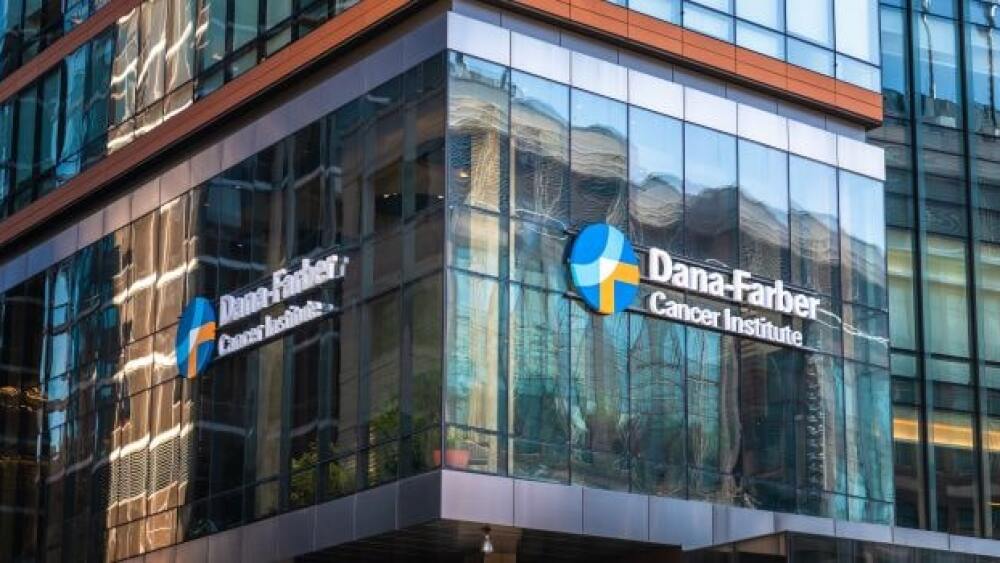Researchers from the Dana-Farber Cancer Institute looked deeper into a non-coding portion of the human genome, uncovering mechanisms that might drive or suppress cancer development.
Courtesy of Dana-Farber Cancer Institute
Researchers from the Dana-Farber Cancer Institute have found a way to look deeper into a long-neglected, non-coding portion of the human genome, uncovering mechanisms that might drive or suppress cancer development.
Since scientists at the Human Genome Project completed the sequencing of the entire human genome, extensive data has become available to suggest that the coding region of the genome is involved in gene regulation, while the non-coding region merely exists as “fluff.” The Dana-Farber researchers’ findings, published in Nature Genetics earlier this week, proved this notion wrong by showing that the non-coding portion of the human genome plays a role in gene epigenetics, or factors that influence “DNA to be wound more tightly or loosely”.
While the coding regions are directly linked to gene expression, the non-coding region can regulate gene activity by influencing the environment around it. The Dana-Farber team jump-started this new area of research by accumulating a database of mutations that have links to biological mechanisms by way of epigenetic influence.
Alexander Gusev, Ph.D., of Dana-Farber, the Eli and Edythe L. Broad Institute, Brigham and Women’s Hospital and co-author of the paper, alongside Dana-Farber’s Dennis Grishin, Ph.D., commented on the findings.
“Studies have identified an enormous number of mutations across the genome that are potentially involved in cancer,” Gusev said. “The challenge has been understanding the biology by which these variations increase cancer risk. Our study has uncovered an important part of that biology...more than 300 mutations have been identified that are associated with an increased risk of the disease.”
He added, “Less than 10% of them are actually within genes. The rest are in ‘desert’ regions, and it hasn’t been clear how they influence disease risk.”
Typically, geneticists make use of a technology called genome-wide association studies (GWAS) to cross-reference the mutations in the coding genome of healthy people against those in cancer patients. The data collected from this technique highlights a level of scientific neglect that would leave many scratching their heads - less than 30 of the 300 identified cancer-linked mutations occur in the genes or coding region. The remaining majority represent the non-coding region.
Despite this information, the scientific community has yet to dig deeper into the implications. That is, before the investigators at Dana-Farber got involved.
The research team used GWAS data for a specific cancer type and compared it against epigenetic changes. This was done in hopes of finding a link between epigenetic environment regulation and the presence of a non-coding mutation. This process is referred to as an overlay study.
Gusev explained, “If a mutation has an effect on disease, that effect will probably be too subtle to capture at the level of gene expression but may not be too subtle to capture at the level of local epigenetics - what is happening right around the mutation.”
The publishing of the study is timely. With the American Society of Clinical Oncology (ASCO) Annual Meeting that was held in Chicago from June 3 to 7, and the 27th Congress of the European Hematology Association (EHA) 2022, held in Vienna, Austria, and virtually, from June 9 to 12, all eyes have been on cancer research and data.
This area of study may open new doors for researchers that wish to get to the very root of why a gene is “off” or “on”, leading to the development of cancer.





